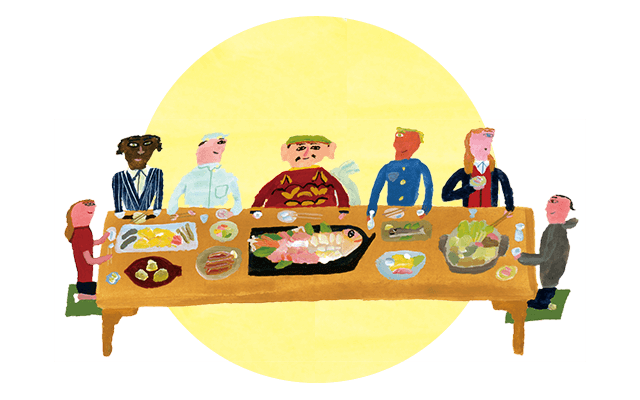
Harima Archives
2022.03.18 What Affects Sake-making?

Everything Affects Sake-making
Sake has formed unique cultures in various areas across the country. However, it is considered highly to characterize sake by region today. What stands out more is the personality of each brewery. In particular, yeast has a significant impact on the taste of sake. Once upon a time, each brewery had its yeast, which created the unique taste of the brewery. Everything from the humidity, temperature, surrounding environment to the microorganisms on the brewers of a brewery is said to impact how the yeast is born.
What is the Deciding Factor of the Flavor of Sake?
So, what makes the taste of sake change? It is the compounds in the sake that make people sense taste. Because microorganisms make the compounds, when the types and ratios change, these changes directly affect flavor. What affects the microorganisms is humidity, temperature, the structure inside the brewery, and even the frequency of cleaning. You could say that the taste of sake is made up of everything in the environment.
Water, an Important Resource That Accounts for 80% of Sake
Water accounts for 80–85% of sake, so it is essential. Because hard water makes yeast active, it causes vigorous fermentation. Conversely, soft water inhibits yeast from multiplying, so it tends to make sweet sake like those of Fushimi in Kyoto called onna-zake (female sake). In other words, water affects flavor and is one factor that creates the taste. Japan has many water systems, and each water system has different characteristics. Because many breweries use the water in their area, their sake may display regional characteristics.
The Land of Harima
It is thought that in the present, in which manufacturing technologies have developed, the impact of a region’s climate or geography on the taste of sake has become smaller than before. Then why does Harima continue to be a sake-brewing region? This is because diverse sake breweries of various scales and management policies are gathered in one area. Small and large breweries with different levels of capital investment, breweries that make many kinds of sake, breweries that ship sake out after letting them age for two to three years—the appeal of Harima’s sake may be the existence of brewers of various characteristics.



